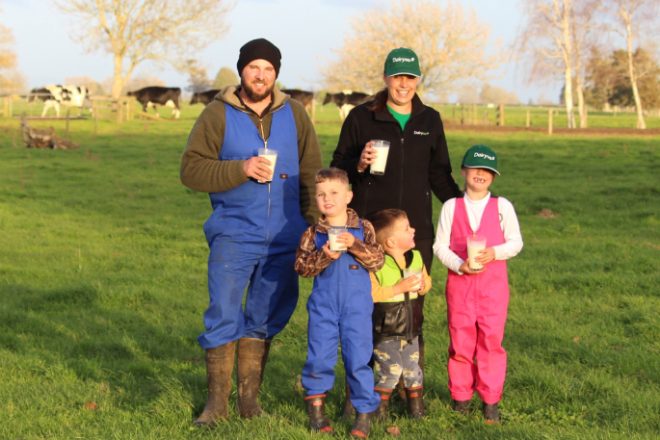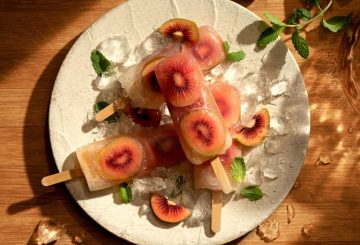酪農産業は常にニュージーランド経済の主要な部分を占めており、地域社会を支え、世界中で質の高い栄養を提供してきました。Dairynzとニュージーランド酪農会社協会は、6月1日の世界牛乳デーにこれらの成果を祝います。
DairynzのCEO、キャンベル・パーカーは、世界牛乳デーは、農家、酪農会社、そしてセクター全体がニュージーランドの将来に及ぼすプラスの影響を認める絶好の機会だと言います。国連の食糧農業機関によって制定されたこの日は、牛乳と乳製品部門の世界的な重要性を浮き彫りにしています。
キャンベル氏は、ニュージーランドの農家が生産する牛乳は、9000万人に毎日2.5食分の乳製品を供給していると指摘しています。この大きな貢献は、農家の土地と動物に対する献身的な取り組みから始まり、サプライチェーン全体に広がり、消費者、地域社会、そして国の利益となっています。
DCANZのエグゼクティブディレクターであるキンバリー・クルーザーは、農家が生産する高品質の牛乳は1500種類以上の乳製品に変換されると説明しています。これらの製品は130か国以上に輸出されており、ニュージーランドの貿易収入の4ドルに1ドルの割合を占めています。
キンバリーによると、酪農セクターの成功は、農家、酪農会社の従業員、パートナー業界が協力して取り組んだ結果だという。2024年4月までの1年間に、乳製品の輸出により255億ドルの収益が生まれ、約55,000人の雇用が創出されました。
酪農家や企業が生み出した経済活動には、地元の商品やサービスに費やされた79億ドル以上、乳製品加工業者が費やした50億ドルが含まれます。酪農家と加工業者は、それぞれ他の産業の3分の1以上と4分の1以上からの買い手の上位10社に入っています。
キンバリー氏は、牛乳は世界の食料システムにおける29種類の必須栄養素のうち23種類を供給する栄養源であることを強調しています。これには食事のカルシウム供給量の 48%、タンパク質の 12% が含まれていますが、カロリーの 7% しか占めていません。乳製品は人生のあらゆる段階での食事に欠かせません。
キャンベルは、世界牛乳デーは地域社会で乳製品が果たす重要な役割を認識する機会であり、農家はしばしばボランティア活動を行い、地域の教育、保全、指導、緊急サービスに貢献していると強調しています。
キンバリー氏は、酪農セクターは農業や酪農科学から販売や物流に至るまで、ニュージーランド人に幅広いキャリアの機会を提供していると付け加えています。グローバルなつながりを持つダイナミックな乳業セクターには、素晴らしい機会があります。





























































